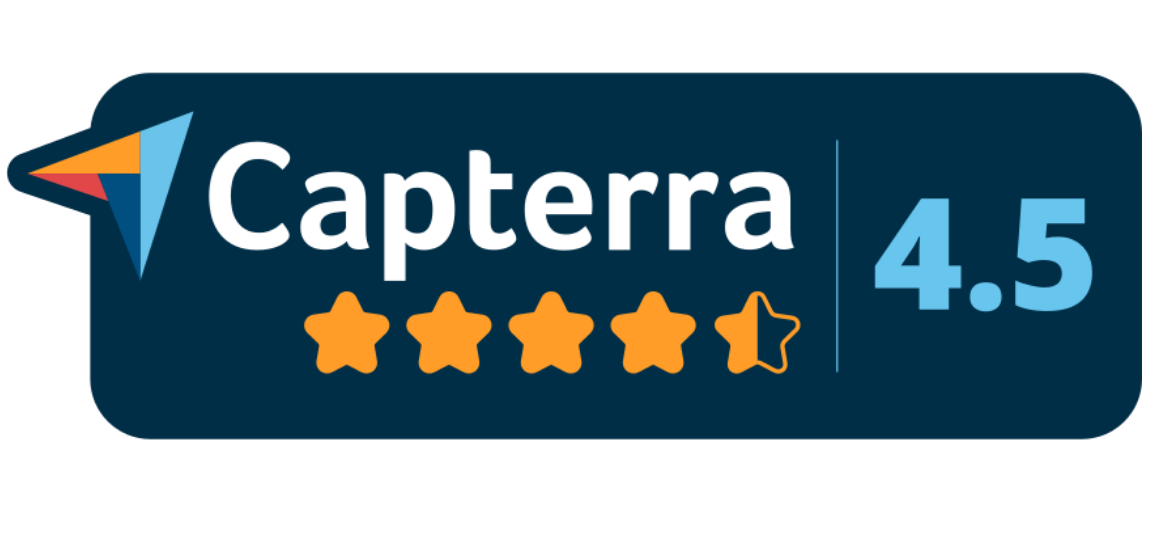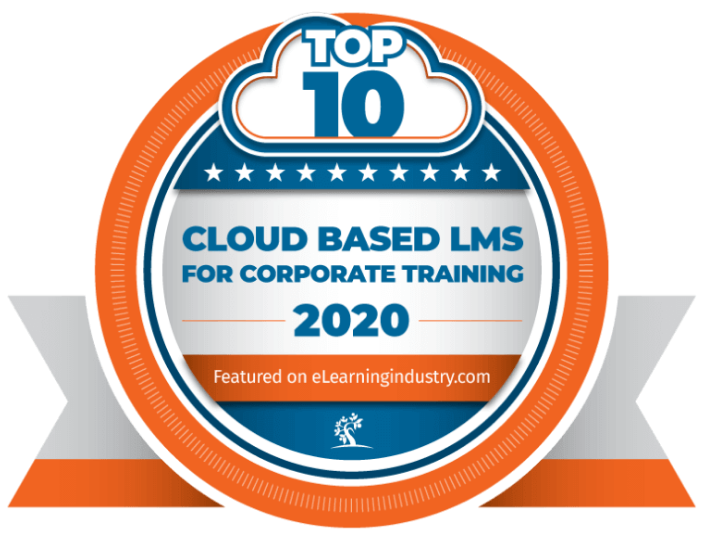April 2, 2025
Benefits of Cloud-Based Learning Management Software for the Modern Workforce

As digital transformation is becoming a big part of organizations worldwide, there is a non-stop search for new ways to make employees more skilled, engaged, and agile. Cloud-based learning management software is a solution that has become extremely popular over the last few years. It’s not just a game-changer for how companies train their employees but also how they track their development and keep a learning culture alive throughout the organization. Cloud-based learning management platforms are organizations’ most-desired solutions — from small startups to big enterprises.
According to the Business Research Company report, the LMS market has grown exponentially. It is expected to expand from USD 20.07 billion in 2024 at a compound annual growth rate (CAGR) of 14.4% to USD 22.96 billion in 2025. This historical period includes the need for corporate training, the scalability and flexibility of eLearning, cost-saving opportunities, the rise of blended learning, and education globalization.
What is a Cloud-Based Learning Management Software?
A learning management system optimizes training—consider courses, quizzes, and progress tracking available in one platform. This means that when it’s cloud-based, such as our platform, Unlock:Learn, it runs completely online and is powered by remote servers rather than large on-site hardware. This might seem like tech talk, but it’s a big deal. It avoids the requirement of massive IT upgrades or costly setups. So, how does this apply to today’s workforce? Let’s dive in.
1. Accessibility and Flexibility
Unmatched accessibility is one of the biggest benefits offered by cloud-based LMS. Modern workforces are more distributed than ever, with employees working remotely, across time zones, or in hybrid environments. A cloud-based learning management system’s location-independent attribute allows learners to access their training materials whenever or wherever they want as long as they are connected to the internet.
Whether at home, at the office, or perhaps traveling for work, an employee can log in with whatever device — laptop, tablet, or smartphone — and resume where they left off almost instantly. It enables employees to learn at their own time and pace, an invaluable capability for adult learners who have to juggle work, family, and other areas of their lives. This also frees them from using strict, face-to-face training programs, allowing organizations to enable a significantly more mobile and self-reliant workforce.
2. Cost Efficiency
Budget is a key factor for many organizations looking to implement new technology. Traditional learning management systems often demand significant initial investments in hardware, software licenses, IT infrastructure, and constant maintenance expenses. This is where cloud-based LMS comes in; the software runs on a subscription basis and generally has easy-to-predict monthly or annual costs. This eliminates the need for expensive on-premises servers while alleviating the burden on internal IT teams.
The LMS provider is also responsible for updating and maintaining the system. Hence, the burden of keeping the system up to date without incurring further costs and effort is not solely on the shoulders of the organization. A cloud-based learning management system is particularly useful for small and medium enterprises. They provide the same access to high-quality training tools that big companies have for free or at a low cost.
3. Scalability
As companies grow, their training requirements also change. With cloud-based LMS, almost unlimited scalability is guaranteed. You can scale your learning programs up or down and add more users, courses, or features. Whether a company has a few hundred new hires or a large merger, the system can scale up (or down) without the logistical headaches of on-premises solutions.
This flexibility is essential in sectors where rapid expansion or seasonal variation is common. For instance, a retail company could hire temporary staff in time for the holiday rush, provide training through the LMS, and then scale back when the rush subsides without ripping out its infrastructure.
4. Continuous Updates and Integration
With technology changing at breakneck speed, adapting to it makes everyone competitive. Cloud-based LMS software is cloud-managed so that the LMS provider will implement the updates automatically, and the users will have access to the latest features and improvements automatically.
This removes the need for downtime and the labor of updating legacy systems. A good LMS platform integrates elegantly with other business tools, including HR programming, video conferencing, Microsoft 365, or Google Workspace productivity suites. This interoperability provides a streamlined workflow and enables organizations to create a unified ecosystem that connects training and larger business goals.
5. Increased Collaboration and Participation
Cloud-based LMS platforms encourage the collaborative nature of modern workforces. Many systems add discussion forums, group projects, real-time feedback, and the ability for employees to interact with peers and instructors despite being in different locations. As a result, this social learning component reflects the collective aspect of modern-day workplaces centered around cooperative and co-creative learning that leads to value creation and innovation.
Moreover, cloud-based LMS platforms frequently include gamification features designed to increase engagement, like badges, leaderboards, and progress tracking. These features encourage employees to actively participate in their development by gamifying the learning process.
6. Data-Driven Insights
Actionable insights are scarce in the big data world. Organizations use the cloud-based LMS to support advanced analytics and reporting to keep track of learners’ progress. They measure course effectiveness and perform skill audits to pinpoint gaps in capabilities. For example, the organization can look at actual results from the wide array of compliance training routines on the dashboard at the convenience of its own time.
Such data offers organizations an opportunity for data-driven decision-making about where to concentrate their training program efforts. For example, if analysis shows that employees struggle with a specific module, the organization can improve the learning material or provide additional resources to help them improve performance and productivity.
7. Security and Reliability
Any organization adopting cloud technology prioritizes data security concerns. Most reputable cloud-based LMS providers have invested significantly in security measures, including encryption, regular backups, and compliance with standards such as General Data Protection Regulation (GDPR) or Health Insurance Portability and Accountability Act (HIPAA). This keeps sensitive employee data and proprietary training materials secure.
In addition, cloud systems are more reliable than on-premises alternatives. Storing one data set in several remote sites reduces the risk of it becoming unavailable due to a hardware breakdown or a natural disaster. This is a game changer for organizations with an overlay in domains such as healthcare or payment processing that demand this end-to-end uptime guarantee.
8. Aiding Growth Through Continuous Learning
Learning is a continuous process. The modern labor market requires employees to constantly learn to stay updated with technological developments, industry changes, and changing job positions. Cloud-based LMS platforms are perfectly designed for this shift, allowing employees to access a library of resources—from microlearning modules to in-depth certification courses. This fosters a culture of continuous training, enabling employees to grow and adapt to new skills as job demands change.
Conclusion
Cloud-based learning management software is not just a tool but an asset that guides how organizations train, develop, and engage their people to learn. The reality that it can keep pace with and even meet the demands of a dispersed and diverse workforce and drive measurable results will make it a staple in the workplace today. Unlock:Learn is redefining workforce development.
It provides a cost-effective and customizable response to today’s modern work dynamics- remote, efficient, and collaborative. Whether onboarding new hires, upskilling experienced talent, or addressing the gaps in a dispersed workforce, Unlock:Learn adjusts itself according to the changing nature of work. It also leads the way to progress, enabling employees to become lifelong learners and organizations to take their capabilities to new levels.
Are you ready to unleash your team’s potential? The opportunity is in the cloud-based learning management software. Connect with our LMS experts today!







